Published Date: Jul 30, 2023
Written by: Zoona Sikander, Interior Design Writer & Social Media Content Creator
Edited by: Emma Cyrus, Senior Copy, Content & Editorial Writer
Reviewed by: Rey Amini, Senior Interior Designer & Architect
Fact-checked by: Benjamin Ibanez, Development & FF&E Manager
Mould is commonplace in the home so it’s no surprise that many homeowners ask: how do I stop mould in my built-in wardrobe?
Your closet can be filled with everything, from your everyday essentials to your glamorous gowns. But, one thing you never want to find in your wardrobe is mould.
The mildew in fitted wardrobes is usually caused by two main factors: condensation and damp clothing. We have put together this guide to help you keep your closet dry and ventilated so that you never have to deal with this awful wet rot.
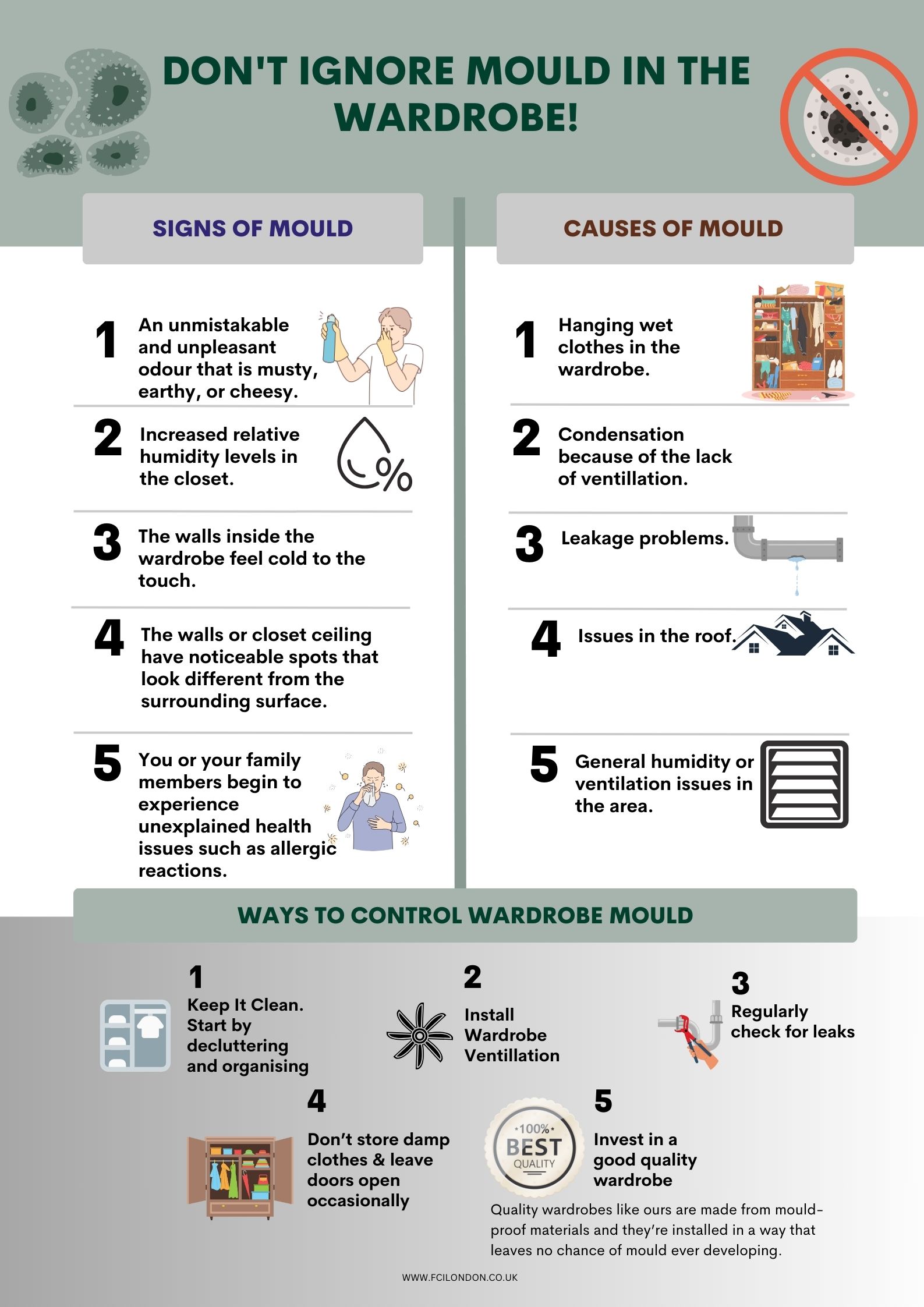
Mould is a type of fungus that is produced in humid and damp conditions. Built-in wardrobes are more susceptible to it as they can contain warm air, moisture from semi-dry clothes and material for the fungus to feed on such as wood, carpet and fabric.
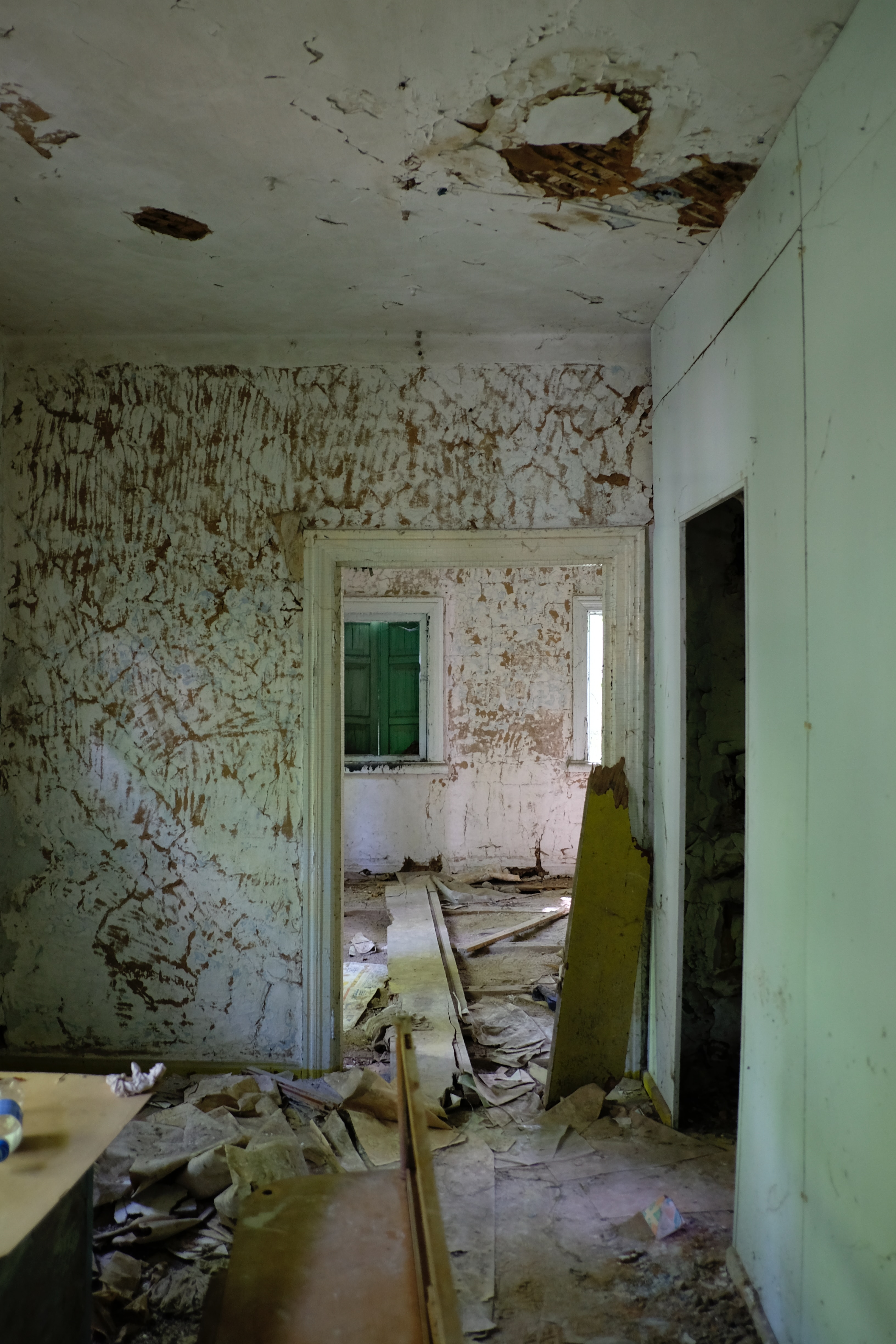
Unfortunately, mildew will continue to develop in a closet until it is removed. As it multiplies, mould can become a health hazard, so great care is needed when getting rid of it.
In severe cases of damp, your fitted wardrobes would need to be pulled out entirely so that the walls can be treated before a new built-in wardrobe is installed.
Apart from structural damage, the fungus can ruin all the clothes that it comes into contact with. Since garments are either on top of or next to each other in a closet, it is easy for the mould to spread to your entire collection.
The most obvious sign of mould in your bespoke built-in wardrobe will be its visible presence. If you begin to see green, black or white fungus growing on your walls, floors, carpets or on clothing, then you definitely have a problem.
Unfortunately, not all mould is visible, or it may be growing in areas that are hidden. The following are further signs that you can look out for if you suspect the presence of this wet rot in your room.
Upon identifying any of these signs, we recommend calling professionals who will run air tests to confirm the presence of the fungus and work to identify the source.
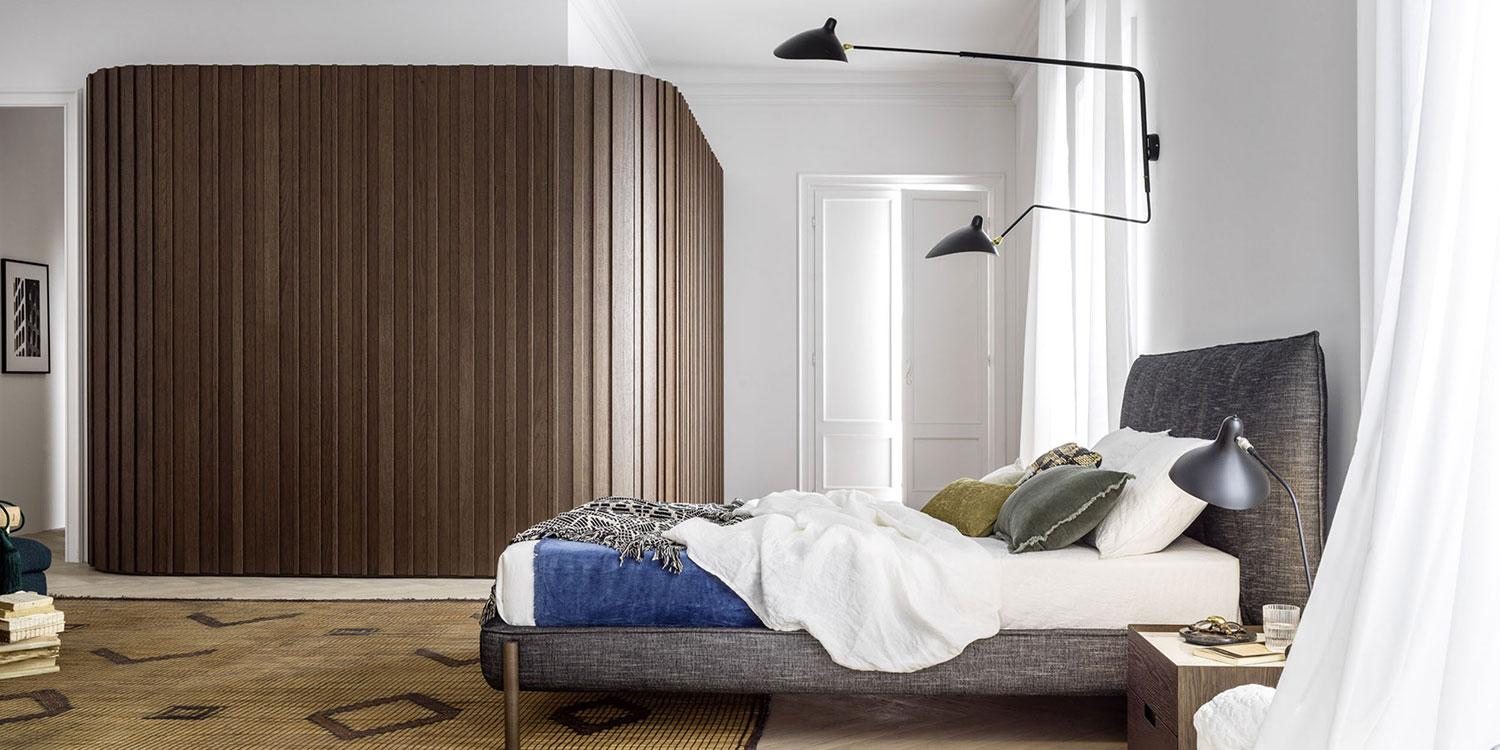
Mould needs moisture to grow, so getting rid of dampness stops it from multiplying in your wardrobe. As such, it’s best to keep the humidity in your wardrobe below 60%. An easy solution for this is to install a humidifier. This will regulate moisture in the air ensuring it never accumulates to unwanted levels.
It may not always be easy to identify the source of the dampness in your wardrobe. As a starting point, check for possible leaky pipes. Chances are your closet has bathroom or kitchen pipes running through its walls and these could be faulty.
Leaky roofs and gutters are also common culprits, as are leaking attics. Once you identify a leak, seal off any cracks and openings that allow moisture into your closet.
Lastly, empty your wardrobe regularly and use a fungicide to kill off any developing mildew. Always remember to check for safety precautions when using any chemicals.

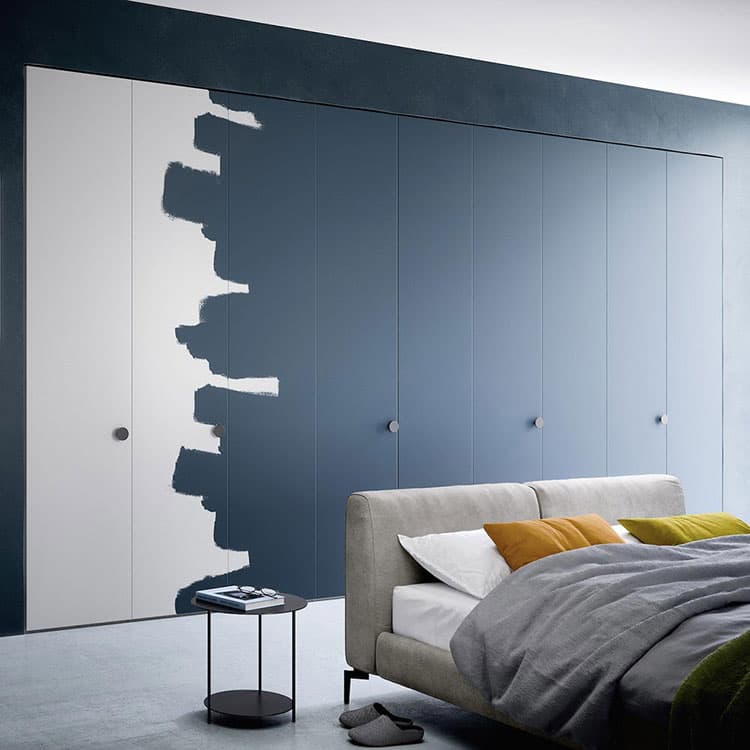
Mould can be toxic, so we recommend calling professionals to get rid of it. However, if you have a small affected area that you feel you can manage on your own, please attend to it while wearing a mask, gloves and protective goggles.
To begin, wash all mildew-stained clothes with detergent and dry them thoroughly in the sun. Toss any items that are beyond saving.
As for the fitted wardrobe, empty it out and spray the entire closet with white vinegar. Let it sit for half an hour before you proceed to scrub the walls with detergent and thoroughly vacuum and clean the floor.
Once all the cleaning is done, leave a fan to run for 24hrs in the closet. This is a crucial step that will ensure that no moisture is left behind from the cleaning. Repeat this process weekly for a month to eliminate all traces of the fungus.
Here are some effective tips to prevent mould growth or controlling its growth:
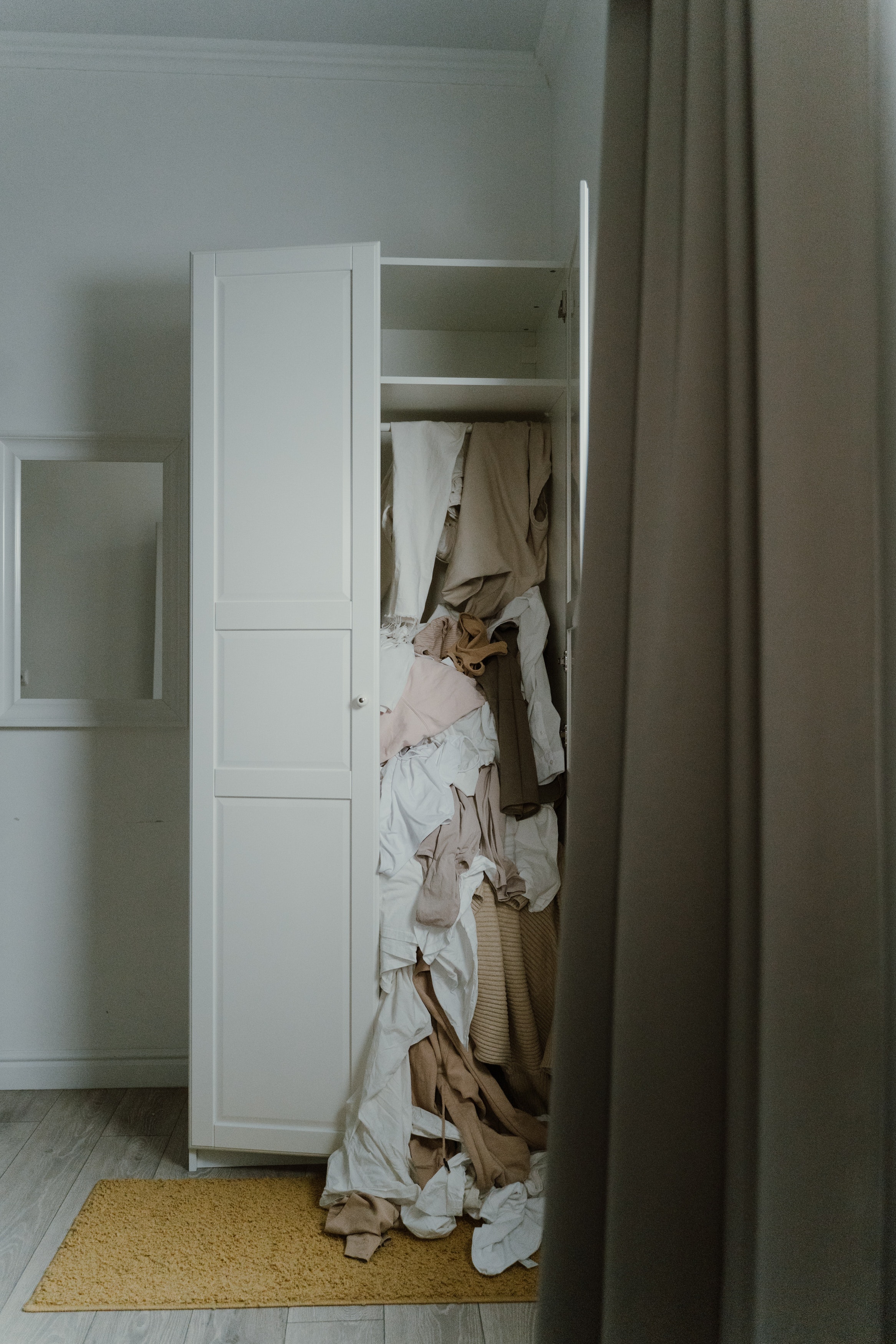
Keeping your wardrobe dry and well-ventilated will prevent the build-up of mould. If you, unfortunately, already have a mildew problem, attend to it immediately, preferably with the help of professionals. If left untreated, mould will cause damage to your clothes, your wardrobe and ultimately, your health.
So the best strategy is to stay alert and address the problem at the first sign, particularly in the winter months.
At FCI, we are always available to give you advice and answer any questions you might have about your built-in wardrobe.
Get In Touch
Book A Video Chat
Book a video consultation and we'll advise you on furniture, space planning, colour schemes and much more.
Book A ConsultationVisit Our Showroom
Book a visit to our stunning, multi award-winning, 30,000 sqft.
Over 700 brands under 1 roof.
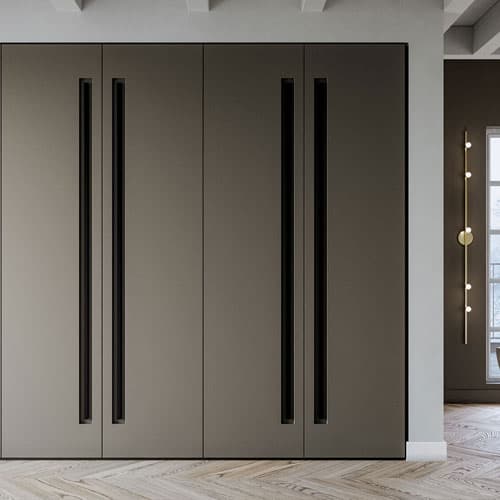
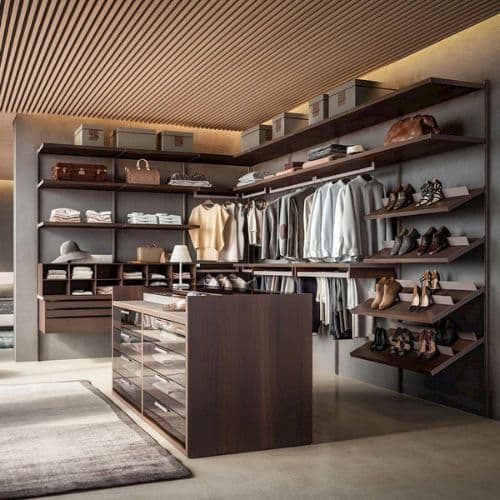
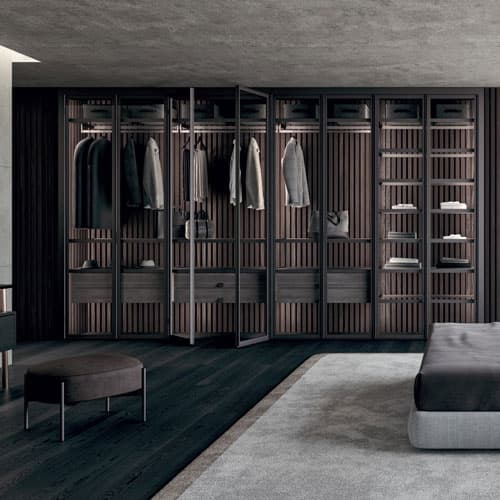
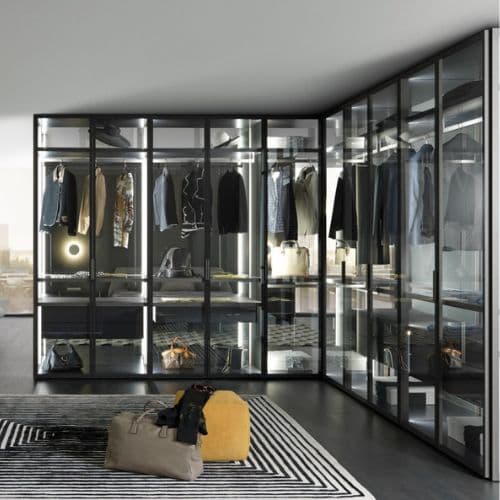
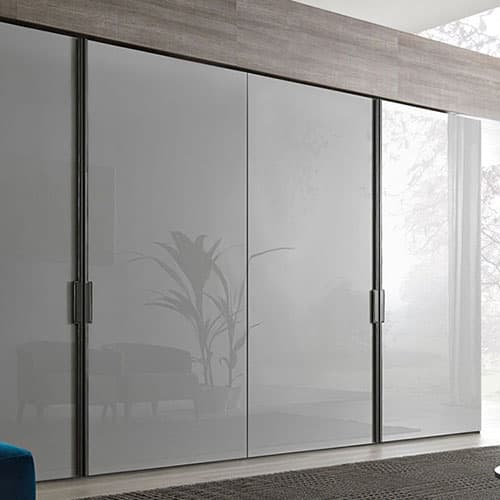
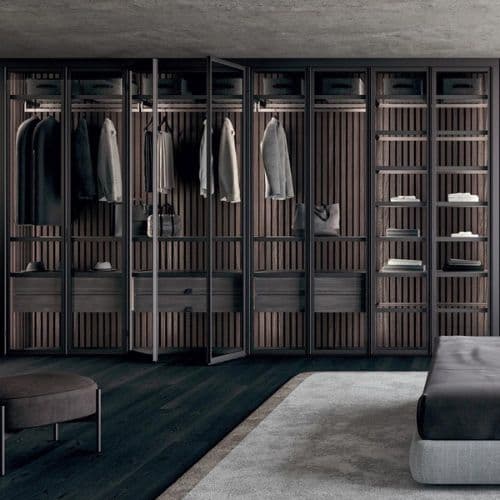
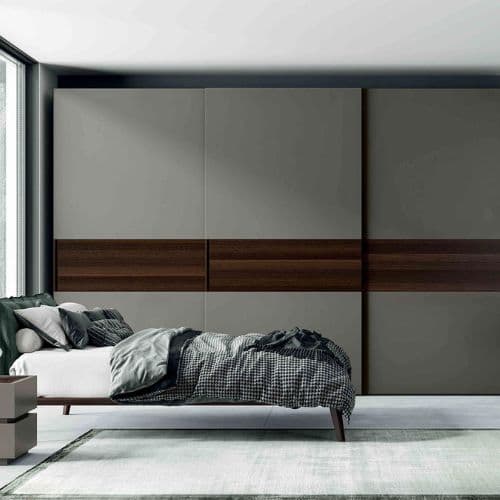
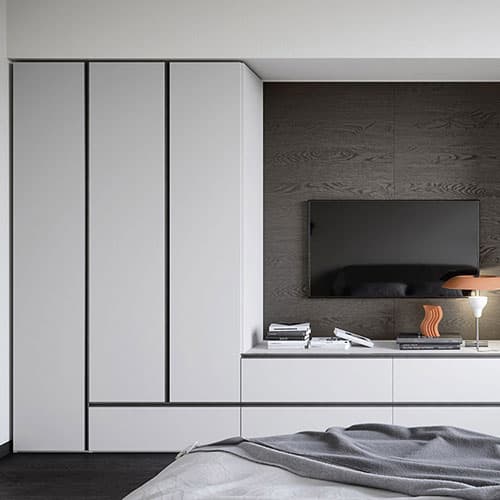
Most Popular on FCI London: Fitted Wardrobes | Luxury Designer Rugs | Luxury Sofas | Luxury Furniture Store | Luxury Interior Designers | Luxury Bedroom Furniture | Luxury Modern Chairs | Luxury Coffee Tables | Luxury Designer Kitchens | Luxury TV Units | Luxury Dining Tables | Luxury Storage Solutions | Luxury Sideboards | Luxury Stools & Bar Stools
Transparency isn’t a policy. It’s a principle.
Have a peek at what our clients really have to say.
